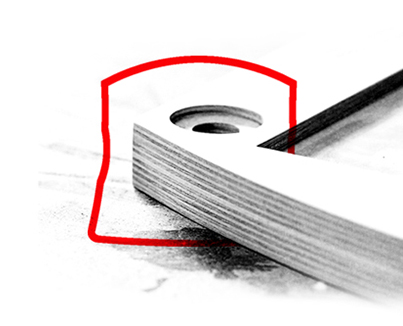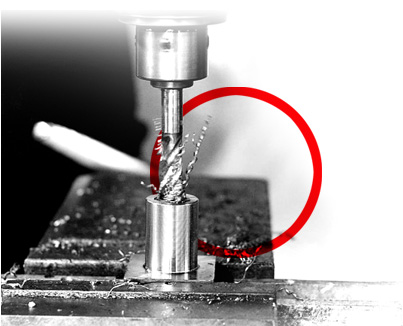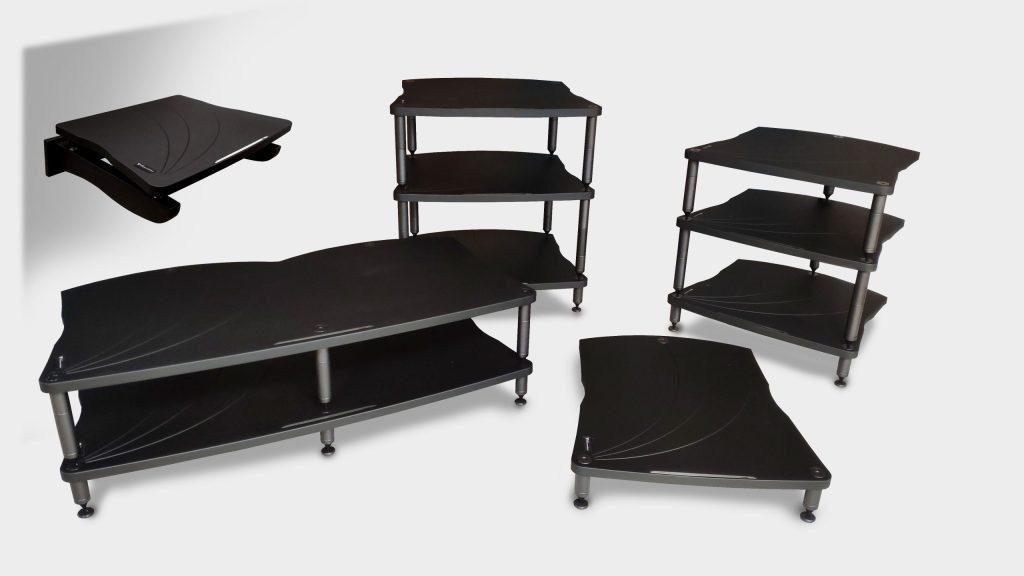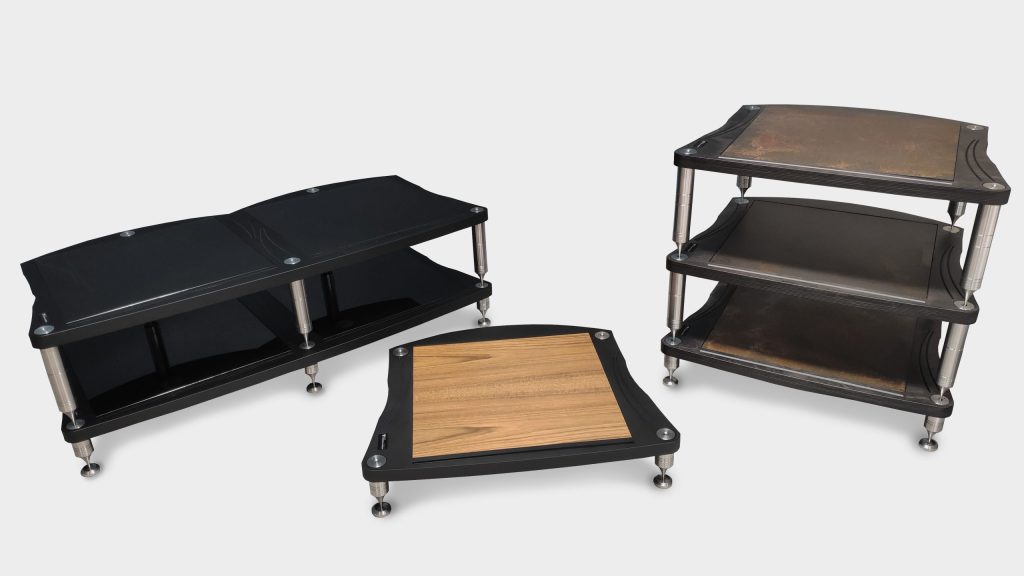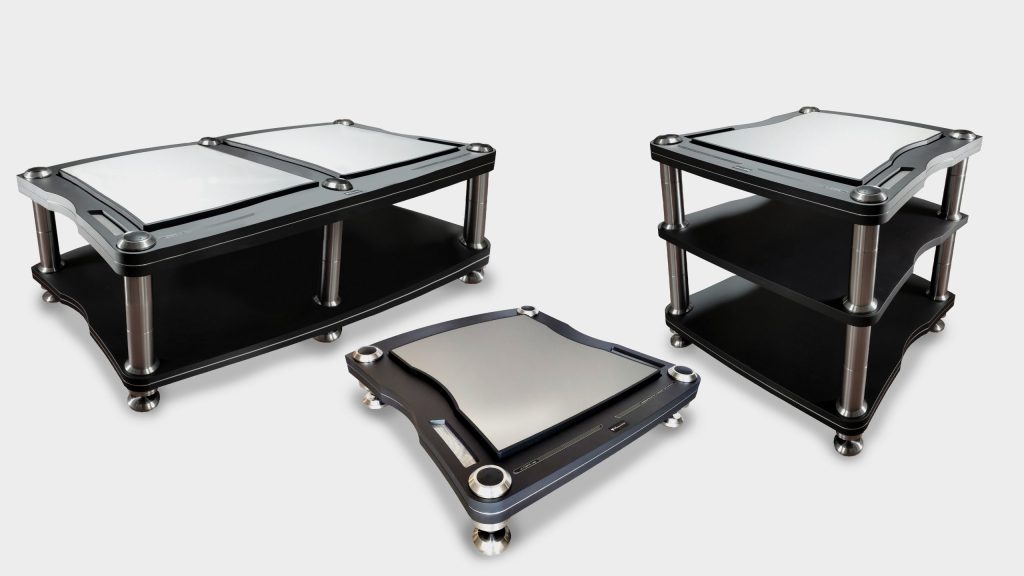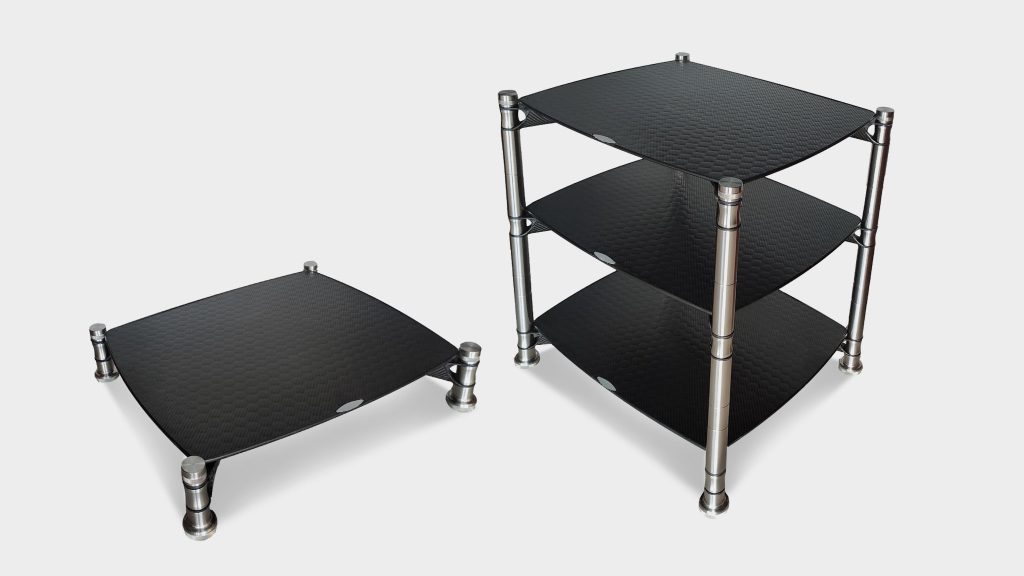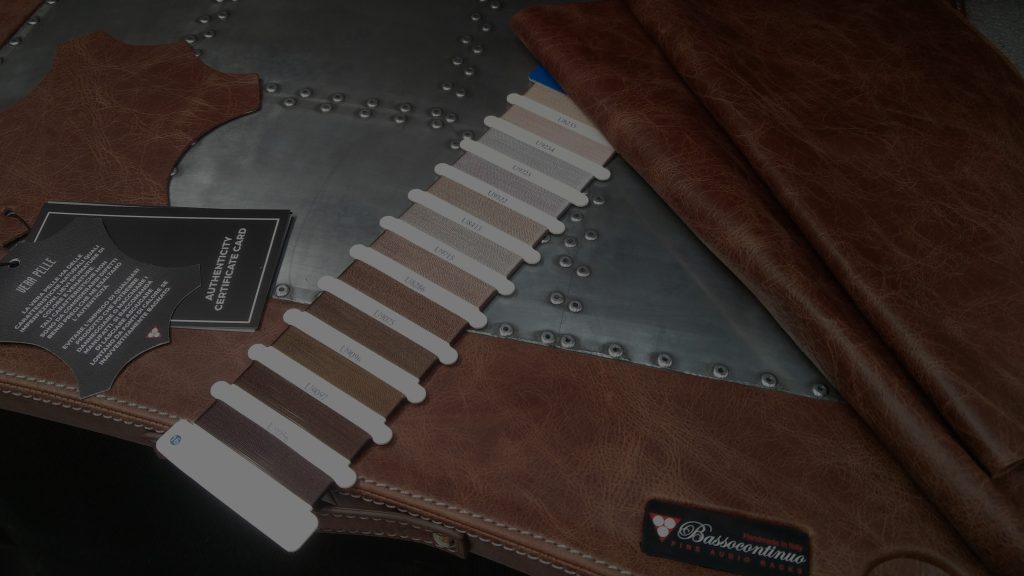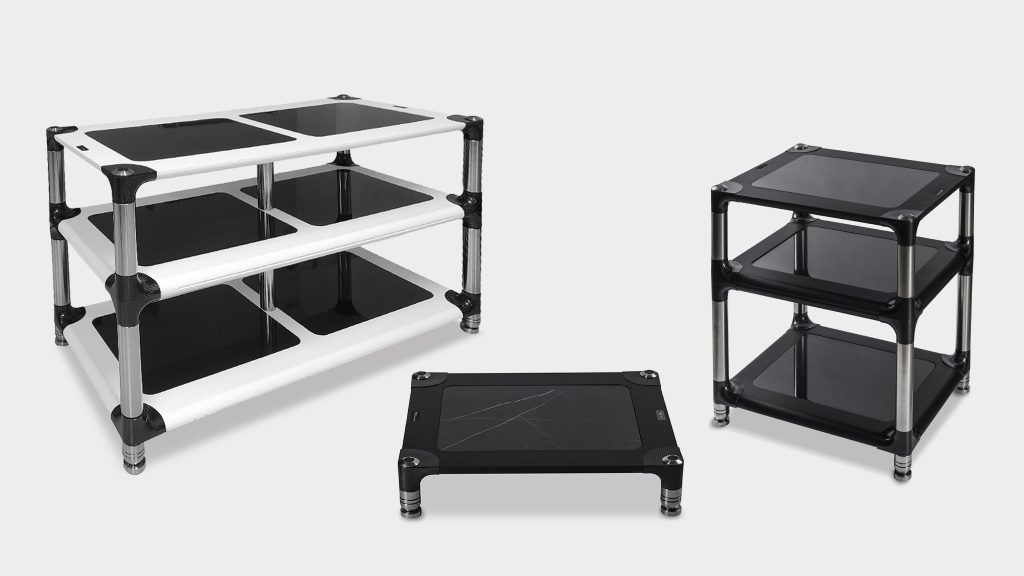Bassocontinuo
Fine Audio Racks
Handmade In Italy
Handmade
The creation of a perfect object requires time and dedication, as well as rhythmic tension and passion. These are the ingredients that make up the unique mix that leads to the creation of a handmade and labeled Bassocontinuo rack. From the raw material to the finished product, from carpentry to turning, from painting to carbon fiber processing, from leather goods to quality control and certified packaging.
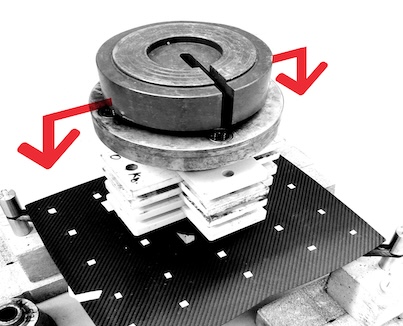
Modular
Modularity has been one of our strengths since the beginning.
Most of our products are fully upgradeable even after purchase: this means that at any time you can add one or more shelves or change the distance between one and the other. With some models, for example in the REFERENCE LINE, it is even possible to change the structure
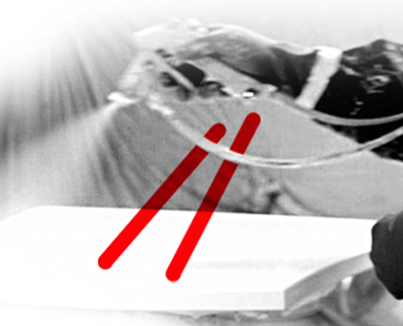
Customizable
B by Bassocontinuo is all this and much more: we satisfy any request even the most demanding. Our tailoring service follows the customer through every single step, from the structural one to the dimensional one up to the most frivolous but impressive one: the aesthetic customization.
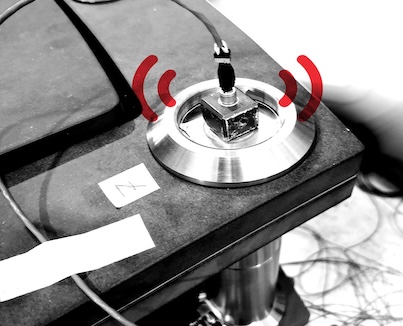
Tested
The racks are subjected to static test cycles with laser equipment that determine their compliance, vertical and horizontal deformations and breaking loads, thus enabling us to certify the capacity of the shelves and structure them for longer life.
The tests make it possible to reconstruct the modal deformities of each shelf and understand which forces interact with the structure when we generate vibrations controlled in terms of amplitude and frequency by means of a seismic exciter.



